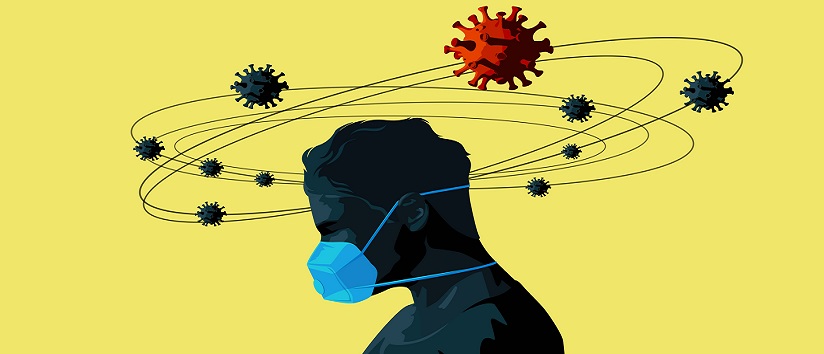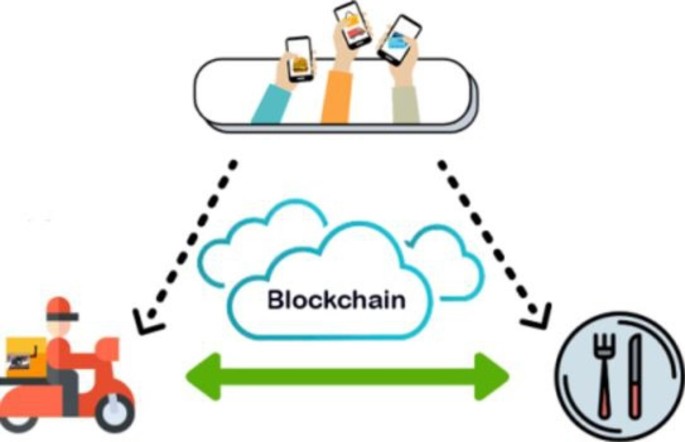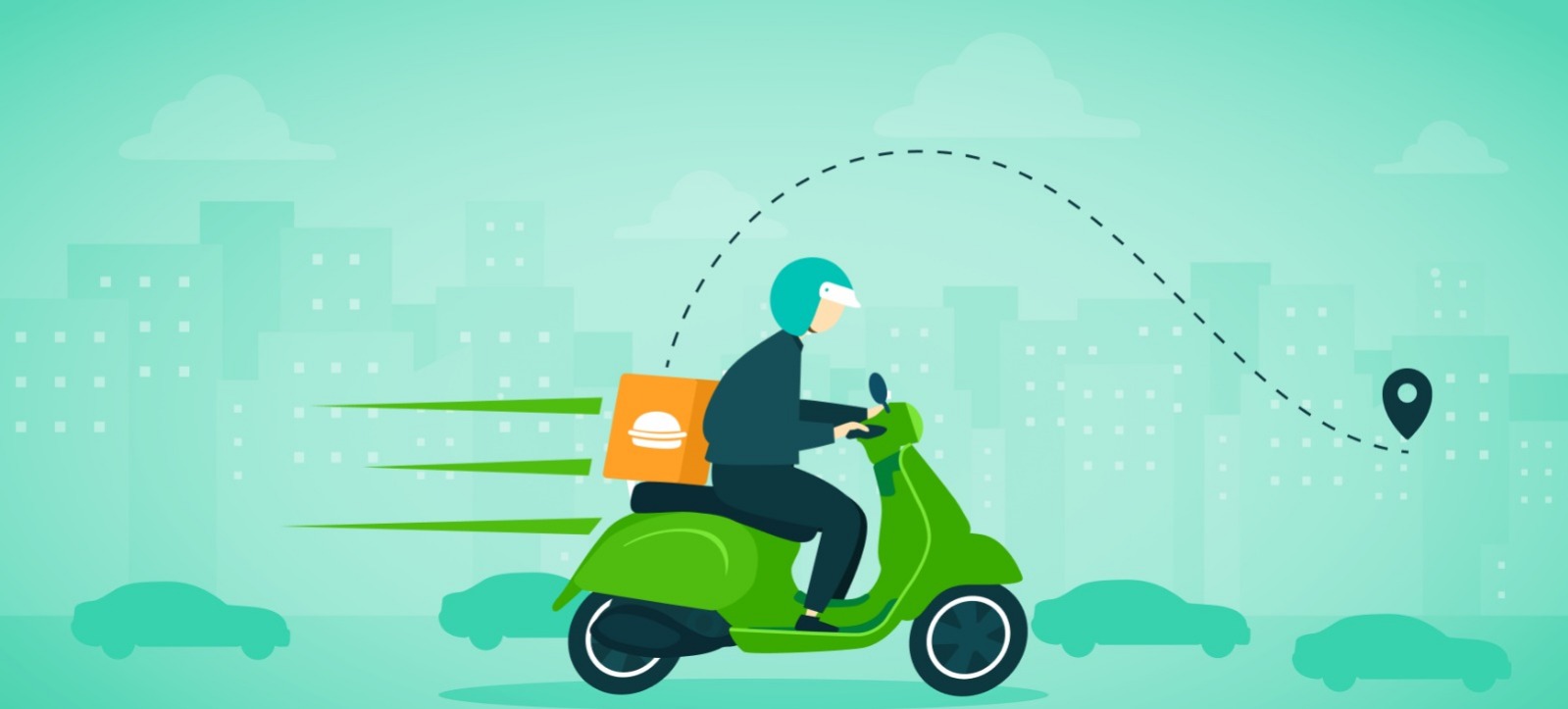Mental health professionals witnessed demand for their services increase at an unprecedented rate once the COVID-19 pandemic began. Now, many are overwhelmed and their clinics are understaffed. Fortunately, the Internet of Things (IoT) is a promising solution to their problems.
Why Are Mental Health Professionals Strained?
Therapists, psychiatrists, counselors, and psychologists are some of the most essential professions in the modern world. After all, almost 50 percent of people in the U.S. will experience a mental health issue in their lifetime. Unfortunately, there aren’t enough of these professionals to meet the current demand.
Counselors, clinicians, and therapists have been stretching themselves thin since the COVID-19 pandemic began because it caused a sharp increase in anxiety, depression, and stress-related disorders. For instance, 60 percent of undergraduate students experienced at least one mental health issue during the 2021-2022 school year. Demand rose too fast for professionals to keep up.
Developments like recessions, wars, and rising costs have worsened things. Now, the need for mental health services is higher than ever. In the face of sky-high demand, many professionals have had to admit they’re struggling. In fact, roughly 60 percent of psychologists don’t have openings for new patients. Moreover, 72 percent of them confessed their waitlists were shorter pre-pandemic.

To put it simply, mental health professionals are strained — they can’t keep up with this high demand while also looking out for their well-being. Many have started to feel frustrated, overwhelmed, and burned out.
How the Mental Health Industry Uses IoT Technology
The mental health industry has used IoT to keep up with demand. Telehealth is one of the most prominent examples of this trend because it makes care more accessible. Now, patients can contact their provider remotely instead of seeing them in person.
Patient monitoring devices like wearables and sensors are another one of the most significant examples of IoT solutions for mental health professionals. The industry uses these tools to track patients’ physical and emotional well-being.
In some cases, clinics use multiple IoT devices simultaneously. For example, they might pair wearables with sleep or mood-tracking apps to better understand how someone is feeling. These tools are especially beneficial when professionals want objective data. This way, they can guide treatment without potential bias.
Some companies are even incorporating IoT technology into standard medical devices. For example, smart labels on medication bottles can send reminders to patients to help them stay consistent. They can even warn about incorrect dosages or automatically request refills.
Notably, most use cases for IoT in the mental health industry revolve around patients instead of providers. This gap highlights a novel opportunity for the sector to support its workforce. Since so many professionals are struggling with the sharp increase in demand, technological support is just what they need.
How IoT Can Help Mental Health Professionals
Experts believe this sector’s skill scarcity is here to stay. In fact, the National Center for Health Workforce Analysis predicts there will be a 69,610-person shortage of mental health counselors through 2036. Fortunately, IoT is a promising solution to ease their daily strain.
1. Provides a Support Network
Similar to a telemedicine platform, a virtual support network lets professionals communicate with their peers. This way, they can remotely seek advice, share their struggles, and engage in open discussions. It’s a great alternative for those without quality workplace mental health programs.
2. Prevents Patient Crises
Much of a mental health professional’s job is reactive. Usually, therapists and counselors mainly offer advice and new perspectives on people’s pasts instead of analyzing their future. Fortunately, IoT wearables let them be proactive instead.
Wearables tracking blood pressure, heart rate, and skin temperature build patient profiles over time, providing insight into trends. If they detect a heightened emotional state, they can inform professionals of an imminent crisis. Early intervention makes their jobs easier in the long run.
3. Streamlines Daily Duties
Most people can’t readily access a therapist or psychiatrist. In some states, more than 80 percent of people live in areas with mental health professional shortages. Naturally, many use telemedicine as a workaround. Unfortunately, this technology lengthens waitlists and increases demand.
An IoT documentation and planning platform is the clear solution — patients will take up much less time if they can enter their concerns, questions, and requests into an app they share with their providers. Remote options eliminate the need for face-to-face visits, streamlining care.
4. Improves Professionals’ Health
IoT wearables aren’t just for patients — mental health professionals can use them, too. Their device can remind them to practice self-care activities like drinking water, stretching, or sleeping. It can also display trends, helping them quickly identify their stressors.
While professionals are more than equipped to handle their own needs, they would benefit from allowing their employers to access some of their IoT-generated data. This way, their workplace can intervene with support like coaching, mandatory time off, or therapy to prevent burnout.
IoT Is the Answer to Strain in the Mental Health Industry
IoT dramatically improves patients’ lives, so it’s no surprise it’s also excellent at helping providers. If professionals use it to lighten their workloads, they’ll experience less stress in no time. Since the high demand for mental health services is here to stay, fast implementation of these devices and IoT s.
For more information contact : support@mindnotix.com
Mindnotix Software Development Company
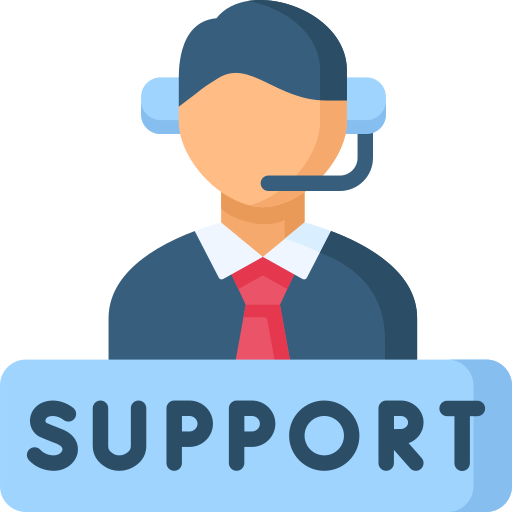

 AI-Taxi App
AI-Taxi App AI-Food App
AI-Food App AI-Property Mgmt App
AI-Property Mgmt App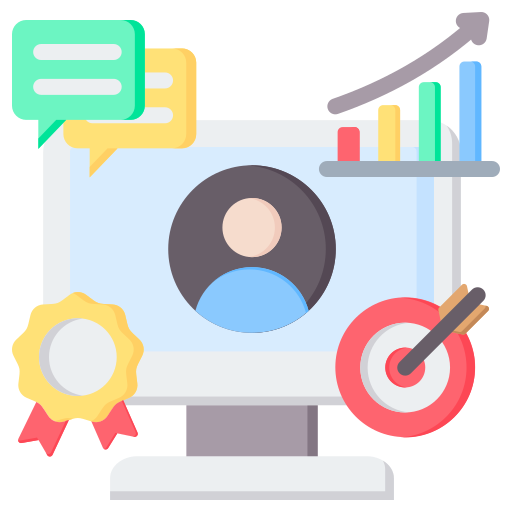 AI-CRM
AI-CRM AI-Fantasy App
AI-Fantasy App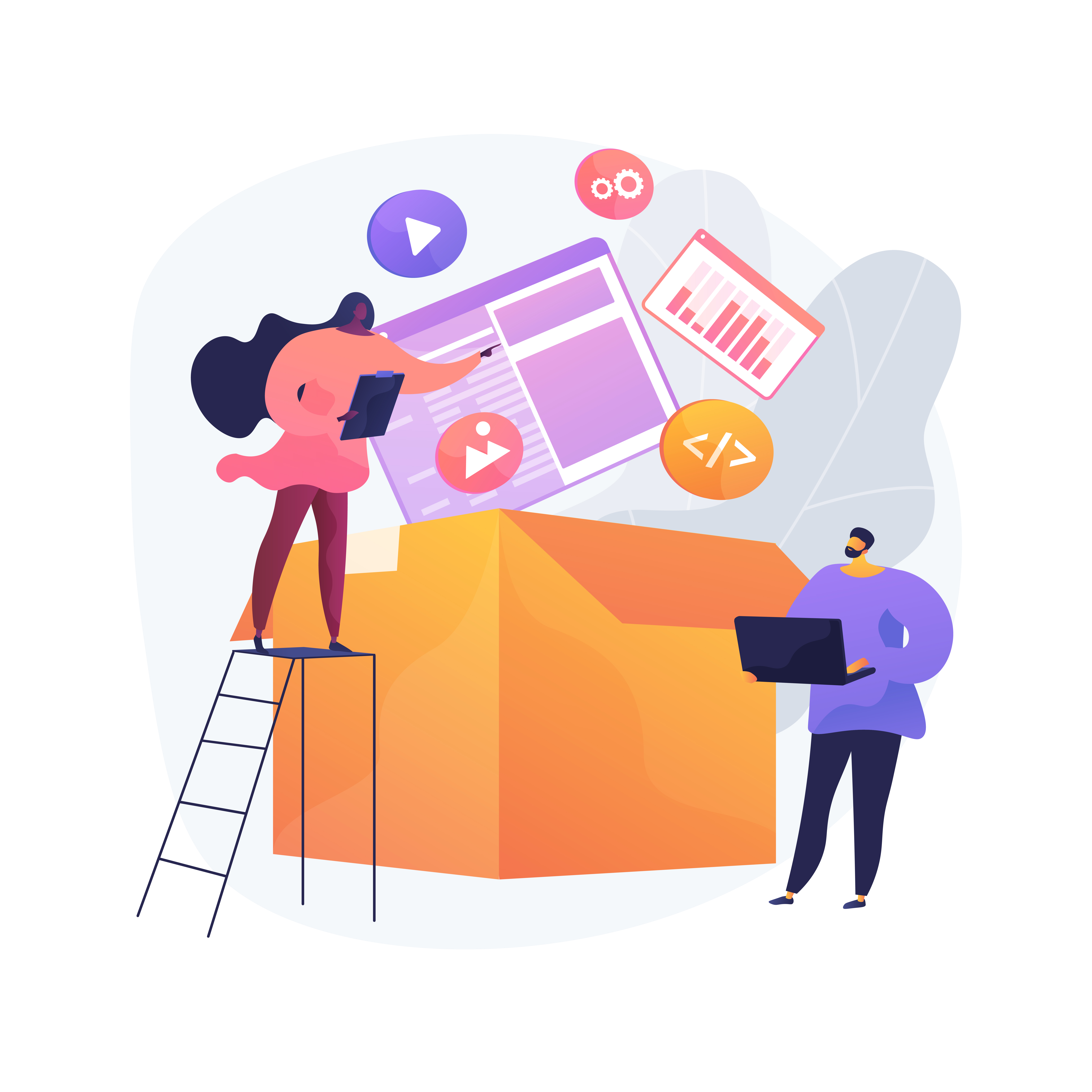
 Web Development
Web Development App Development
App Development Business & Startup
Business & Startup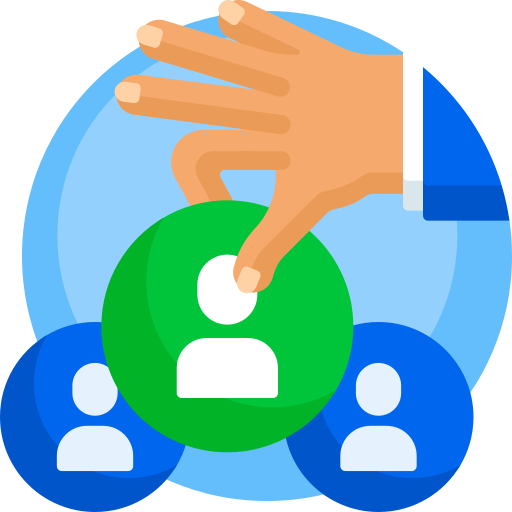 Hire Developer
Hire Developer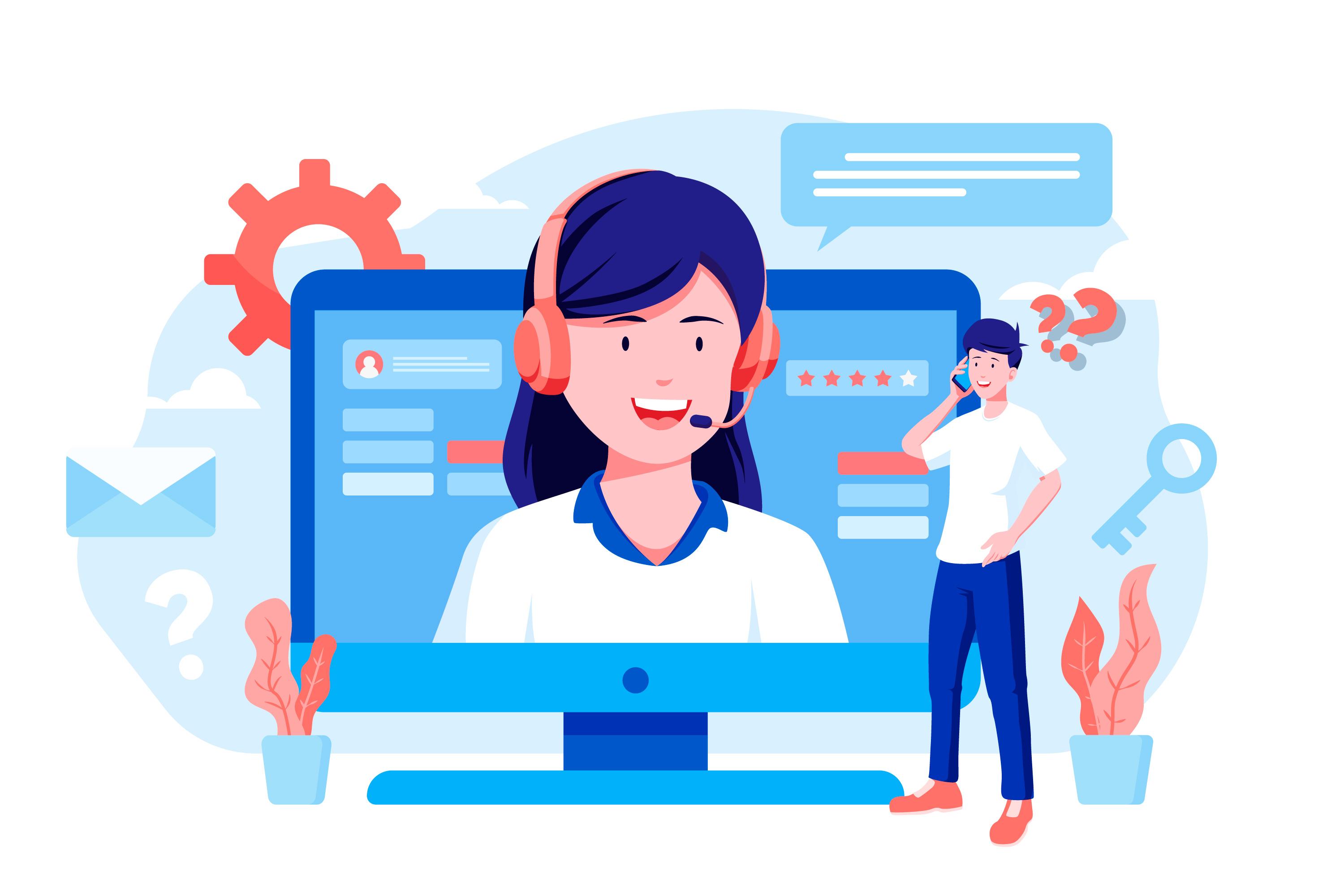
 Digital Marketing
Digital Marketing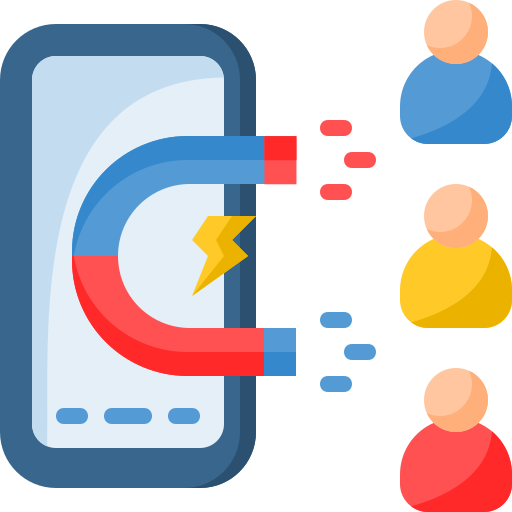 Lead-generation
Lead-generation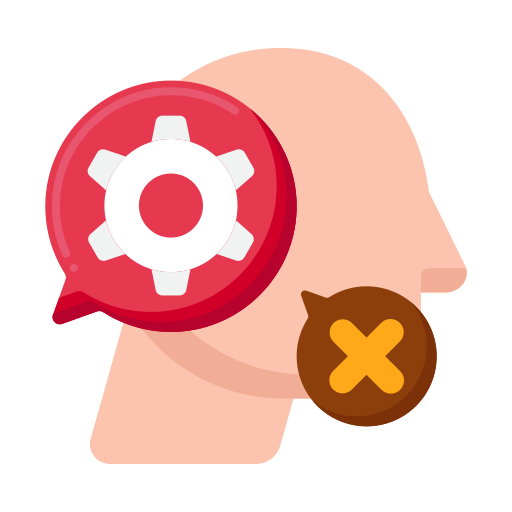 Creative Agency
Creative Agency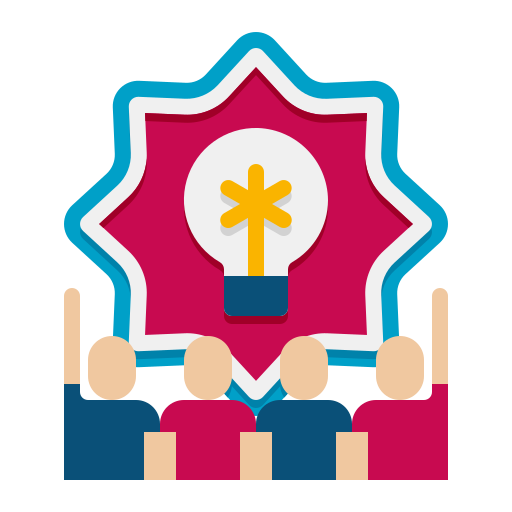 Branding Agency
Branding Agency Augmented Reality
Augmented Reality Virtual Reality
Virtual Reality Internet of Things
Internet of Things Artificial Intelligence
Artificial Intelligence Blockchain
Blockchain Chatbot
Chatbot